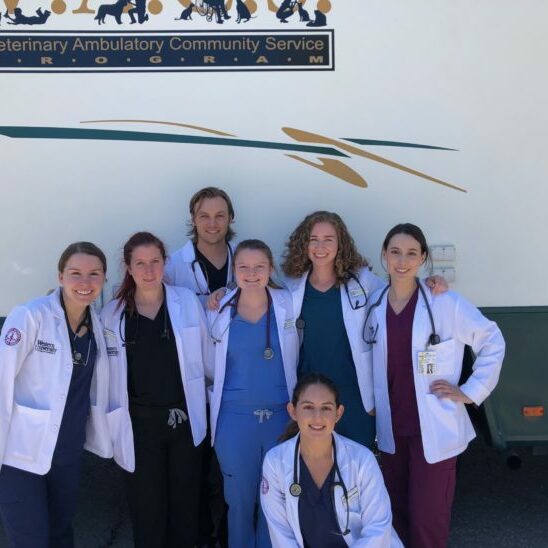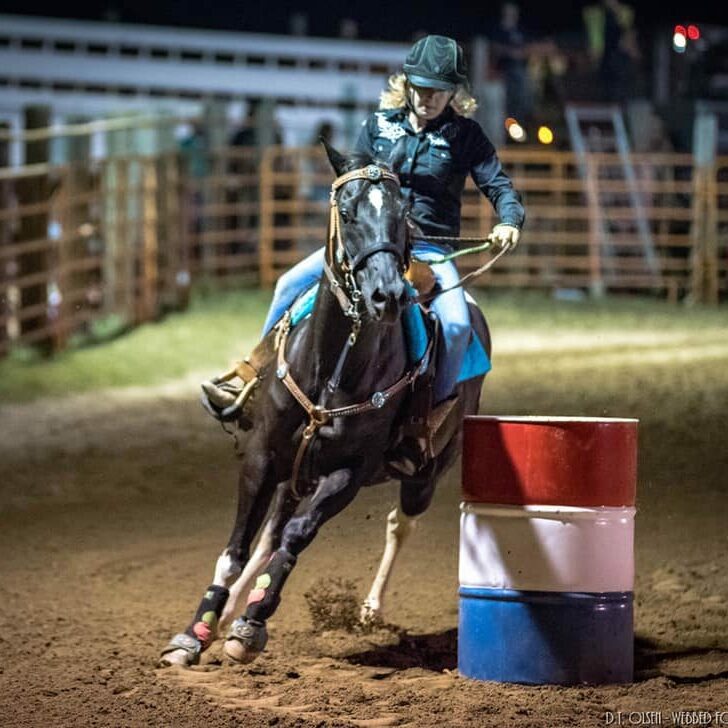Hello! I am Emily, a 25-year-old with Glanzmann’s Thrombasthenia. My journey with GT started when I was only a few hours old. I developed purple marks (later found to be bruises) all over my body. The doctors and nurses referred to me as the “blueberry muffin baby”. After numerous tests, including a biopsy of one of the bruises, and an eight-day hospital stay my parents still did not have a diagnosis. The doctors sent me home and told my parents to keep a close watch because something was not “quite right”. My parents took me home, settled in, and tried not to think about it too much. When I was a month old my ear started to bleed and would not stop. My parents took me to the pediatrician for an exam and she sent me home with some cotton packing in my ear. After my ear was still bleeding two hours later, I was admitted to the local hospital. Shortly after I arrived, they took a blood sample. When they tightened the tourniquet on my upper arm, I immediately developed petechiae all the way down to my fingers. They tried it on my other arm and the same thing happened. Finally, the bleeding stopped after about 8 hours but the doctors still could not find a reason why all this was happening. They referred me to Children’s Hospital of Philadelphia. The hematology department at CHOP was finally able to diagnose me with Glanzmann’s Thrombasthenia. Now, my parents had a diagnosis, but this offered little comfort as the doctors could not provide much information on how to treat it or what this meant for me moving forward.
When I was younger, I experienced gum bleeds, nosebleeds, and soft tissue bleeds behind my knees. My gum bleeds were always annoying and messy but did not require medical attention. Soft tissue bleeds made my leg stiff and I would be unable to straighten or bear weight on the affected leg. When I was young I frequently ignored the pain of an oncoming soft tissue bleed to continue whatever I was doing until I could not tolerate it any longer. This would put me on bed rest for up to a week. As I got older, I learned that the recovery time was shorter if I rested my leg right away. Nose bleeds and throat bleeds have always caused me the most trouble resulting in numerous hospitalizations. The first time I experienced a nosebleed that would not stop was very difficult for my parents. The on-call hematologist at CHOP kept advising them to give me Amicar and wait. By the time morning rolled around they knew I needed to get to the hospital. When I arrived at the hospital and they checked my hemoglobin, it was down to 5.0. That experience taught my parents to follow their own instincts on when I needed to go to the hospital. Now that I am an adult, I listen to my own instincts. At this point in my life, I have received four platelet transfusions, three when I was a young child and my hemoglobin dropped dangerously low and one when they removed my wisdom teeth. Platelet transfusions are always scary as you run the risk of developing antibodies. I will only agree to platelets in my treatment plan as a last resort! During my first transfusion I had an allergic reaction to the blood products where I started trembling and became hypotensive. Since then I have been pretreated before receiving transfusions. Bruises have always been a way of life for me both in my childhood and as an adult. At times, they can be quite painful, but most times, I do not notice them unless someone points them out. If someone does ask about them, I use it as a teaching tool. I have never been shy about talking about GT. I have always enjoyed having the opportunity to educate people about this rare disorder. When I started my first year of college, my Hematologist asked me to participate in a mentorship program at CHOP. I mentored high school students living with chronic illnesses on the transition to college, becoming more independent with their treatment, and advocating for their own needs. I have always tried to live doing the things I want to do and not let having GT limit my choices. Of course, I would take the extra precautions necessary to be safe, but would still try to do what I wanted, much to my hematologist’s dismay. I started riding horses when I was about 8 years old, always slow and always with a helmet. When I was 14 years old, I decided I wanted to try my hand in Rodeo Barrel Racing and started taking barrel lessons. At age 16, I got my own horse and I still have him. My doctors were never happy about my choice to ride, but they eventually accepted it and focused on being safe.
I was 7 years old before I met anyone else with GT. It was at a fundraiser for the Glanzmann’s Research Foundation. I remember how good it felt to be around other people who understood what living with GT was like. It was as if we were instantly family. That little group has expanded to a much larger group today. Recently, I relocated across the country for Veterinary School. It was frightening to think about moving so far away from my family, medical team and support system. However, as fate would have it, a GT family living in the area contacted me and wanted to meet. It was as if I had known them my whole life. I am so thankful for them and the help and support they have provided. I am forever grateful for the wonderful people GT has brought into my life. I am proud to be part of the GT community. We need to help each other and share our knowledge and resources. We are all in this together!

